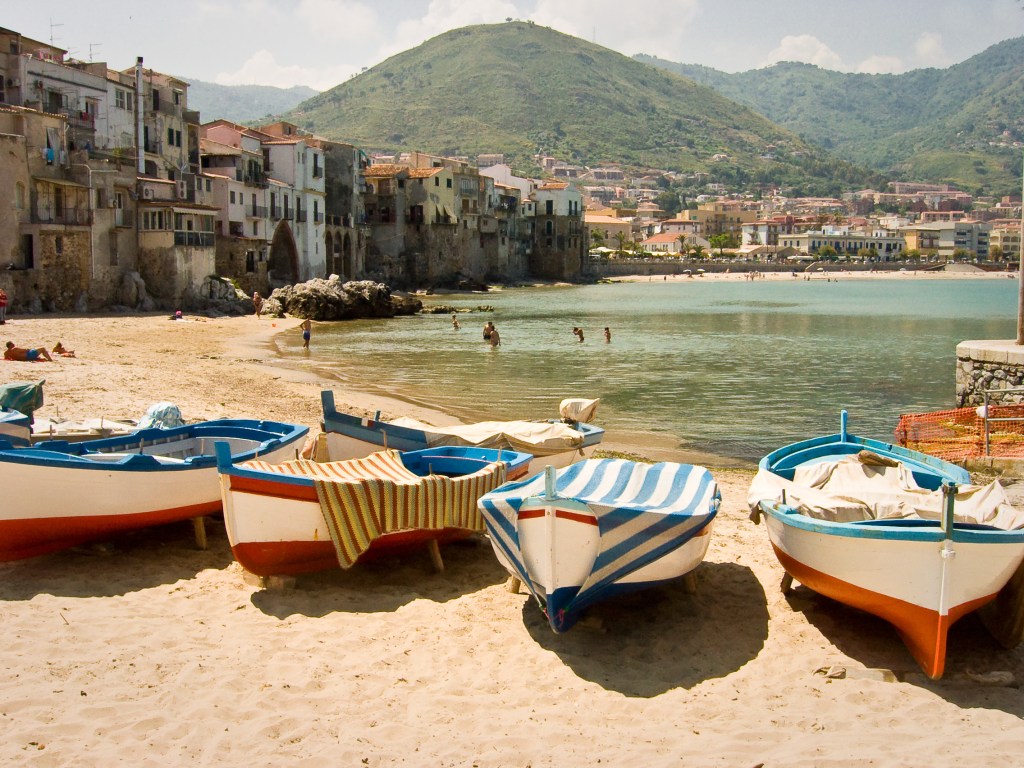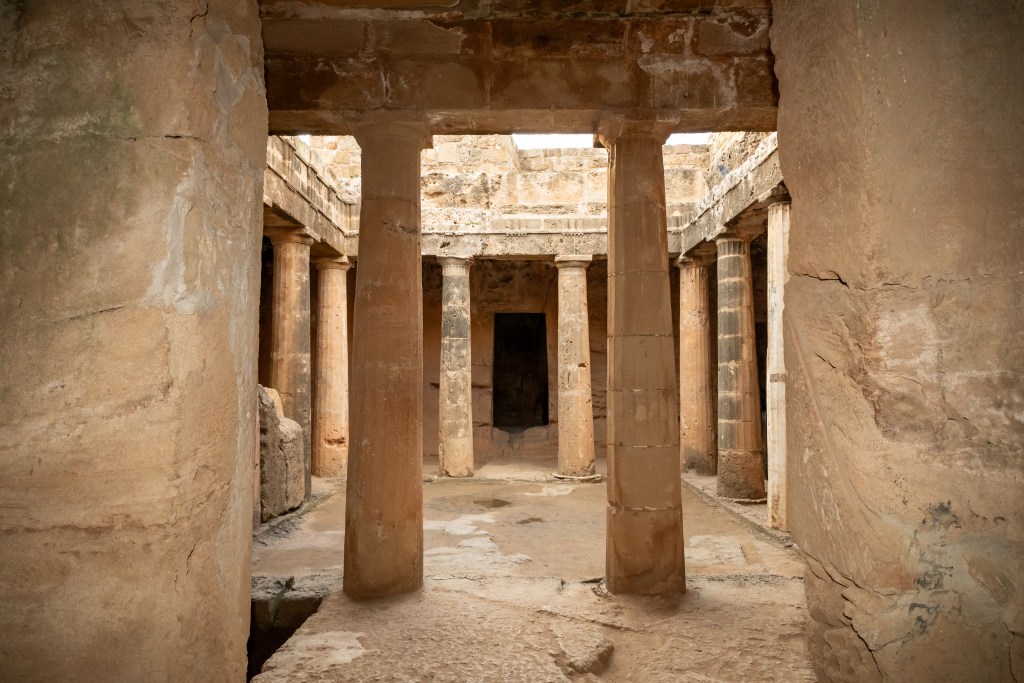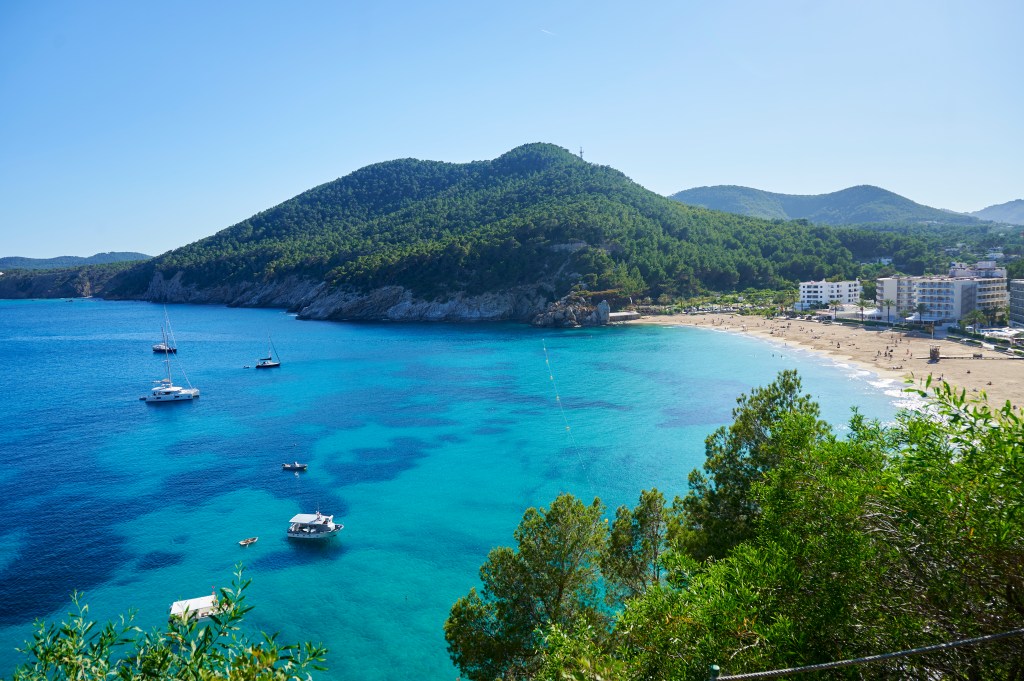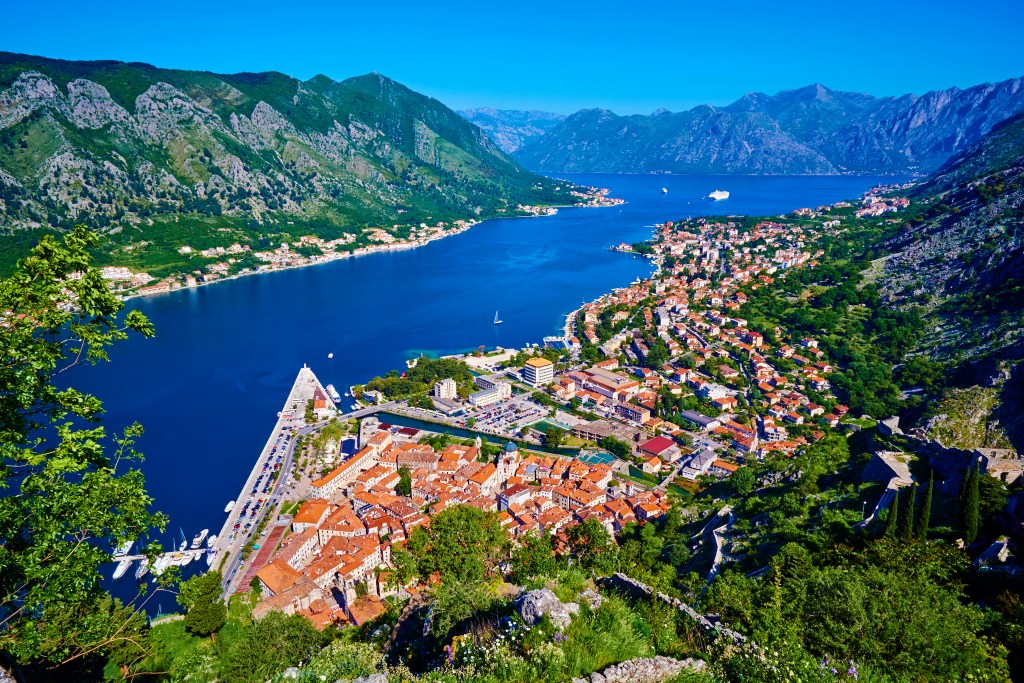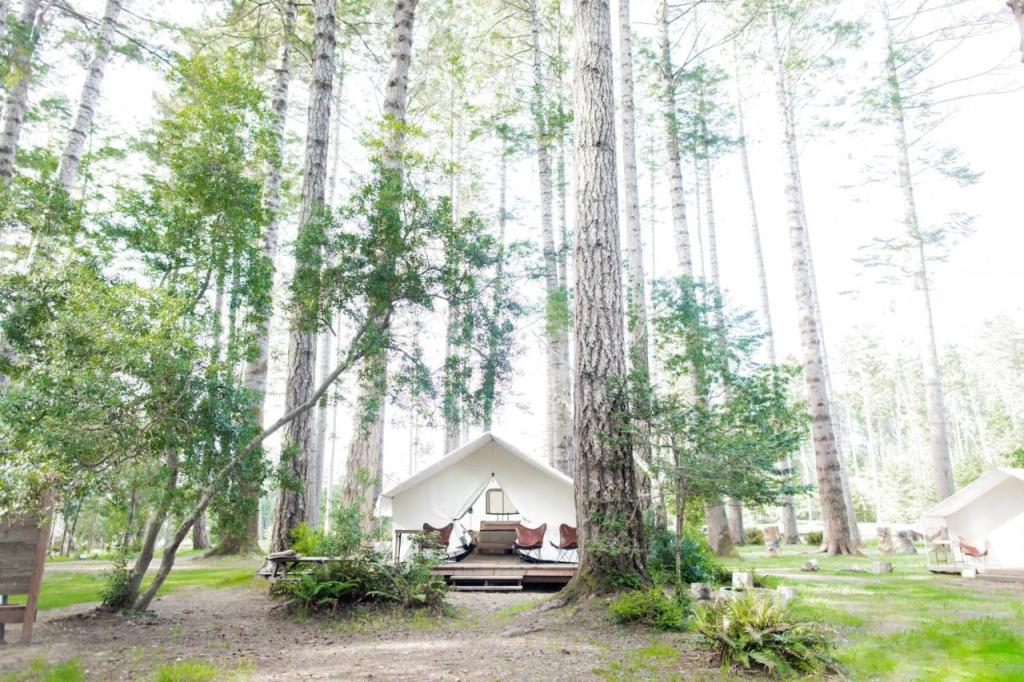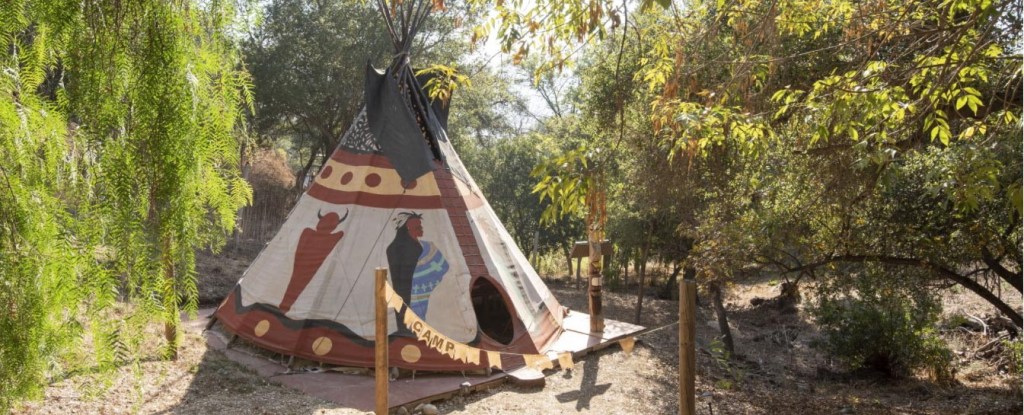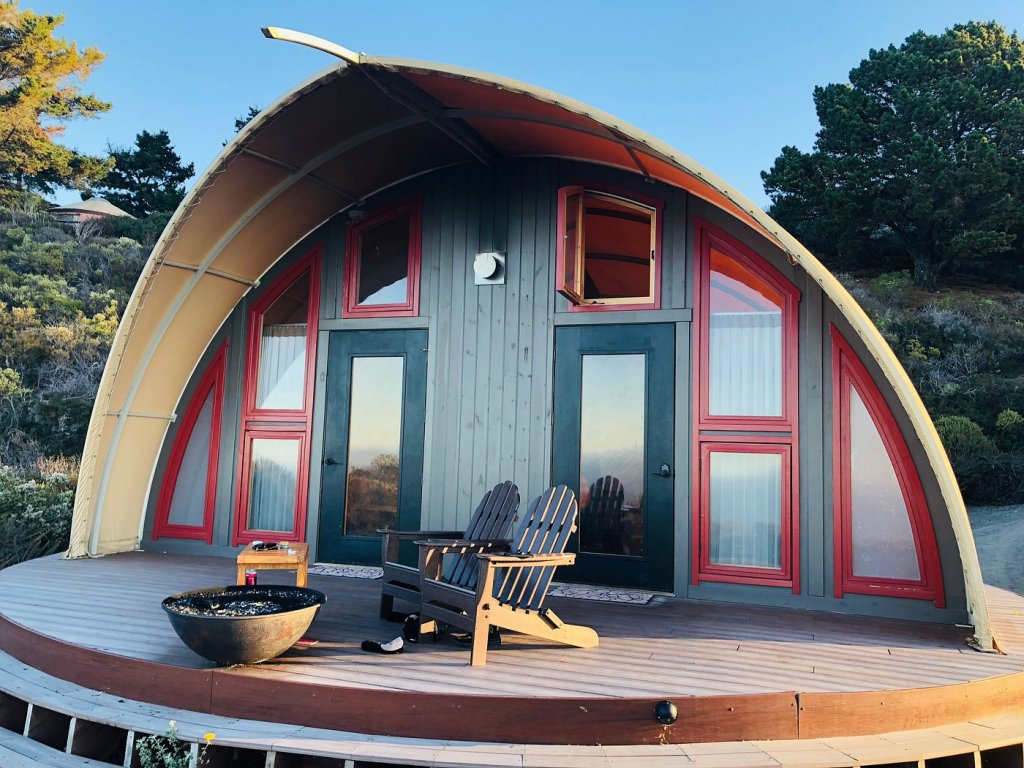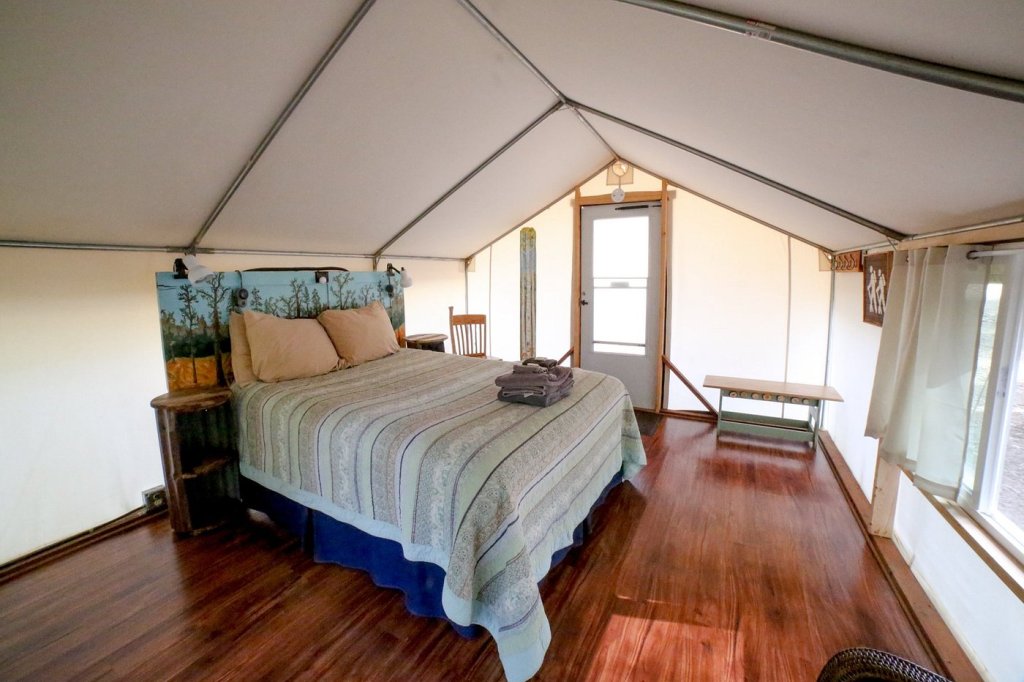As a fan of history, I distinctly remember some of the oldest manmade landmarks and sites that I’ve visited.
The Cahokia Mounds were the first; the grand burial hills were created sometime around 1050-1350 BCE.
Then came Angkor Wat, a famous Khmer temple structure that was completed around the same time in 1150 BCE.
Last is Mahabalipuram, a Hindu site whose urns date back to the 1st century BCE. It’s also the last resting place of Roman coins as old as 300 CE.
For Americans like me, encountering these ancient sites often feels like stepping through a threshold into the past. Because much of our national history is so recent, travel is one of the best ways for us to gain a greater appreciation of the past.
I’m sure you can name a few world-famous, manmade structures and landmarks that date back even further than those mentioned above.
There’s the Acropolis in Athens from 447 BCE, along with the Knossos of Crete from 1900 BCE. Then there’s England’s famous Stonehenge circle, which dates back to around 2500 BCE. Lastly, and most famous of all, are the Pyramids of Giza, dating back to 2600 BCE.
But what if I told you these aren’t the oldest manmade structures in the world?
If you want to delve into the past, you can find sites that date all the way back to 4500 BCE… or even 9600 BCE. And they’re all in Europe.
Ready to re-learn the past? These are the oldest manmade landmarks in Europe that you can (and should) visit today.
But wait… what about the Middle East?
If you’re a history nerd, you’re probably thinking… the oldest manmade structures in the world are in Syria… not Europe. You’re right.
Officially, the Towers of Tell Qaramel predate the oldest structure listed below by up to one thousand years. If you have the chance to visit Syria and are on the hunt for ancient sites, you should keep Tell Qaramel on your radar, along with nearby ancient sites like Jerf el-Ahmar and the structures of Mureybet.
Additionally, the Tower of Jericho in Palestine and Pakistan’s Mehrgarh predate the structures listed below. However, they aren’t easily accessible to tourists, especially not Americans, so they didn’t make the final cut.
And I want to point out that new sites are being discovered every year. What we know about history is framed by modern discoveries, and the oldest sites that you read about here might be younger than others we’ve yet to dig up.
10 oldest manmade landmarks that you can visit in Europe (youngest to oldest)
Dolmen of Menga, Spain (3700 BCE)
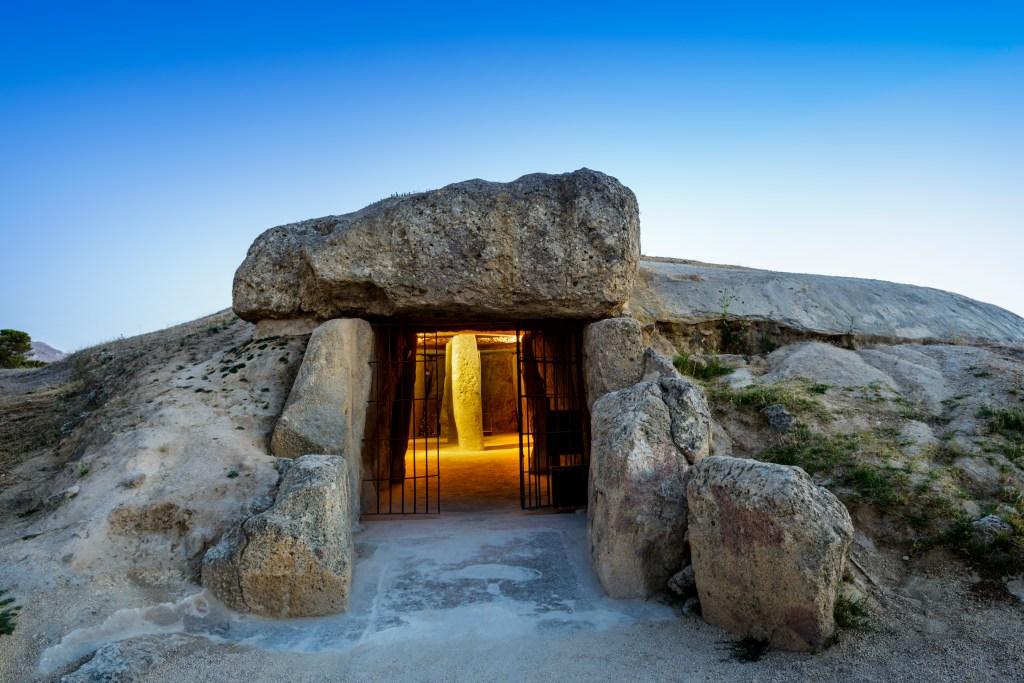
Like many other landmarks on this list, the Dolmen of Menga is a burial mound, which is called a tumulus.
While Stonehenge usually takes the cake when it comes to European monoliths, Dolmen of Menga was built with 32 megaliths that weight about 200 tons each.
Archaeologists believe the site was used as a burial mound for nobility and other ruling families from the area. It’s the oldest and largest structure in the Antequera Dolmens Site, which is located in Antequera in Andalusia, Spain.
Ggantija, Malta (3700 BCE)

Prior to writing this article, I had hailed Malta’s Ggantija megalithic temple complex as the oldest structure in the world. In reality, it’s only the second-oldest religious manmade complex in the world (after Gobekli Tepe, below).
The temples were likely used for fertility rites and was once the abode of a giantess named Sansuna. You can visit the site on the Maltese island of Gozo.
La Hougue Bie, Jersey (4000-3500 BCE)

Jersey, part of the UK via British Crown Dependency, is home to one of the most unique structures on this list. Legends are divided on what purpose this mound served—even the name’s origin is a mystery that might trace back to Old Norse and Norman words.
The site was used for burials and rituals during the Neolithic period and later served as a lookout point during WWII. It’s located in the Grouville parish of Jersey.
Monte d’Accoddi, Italy (4000-3650 BCE)
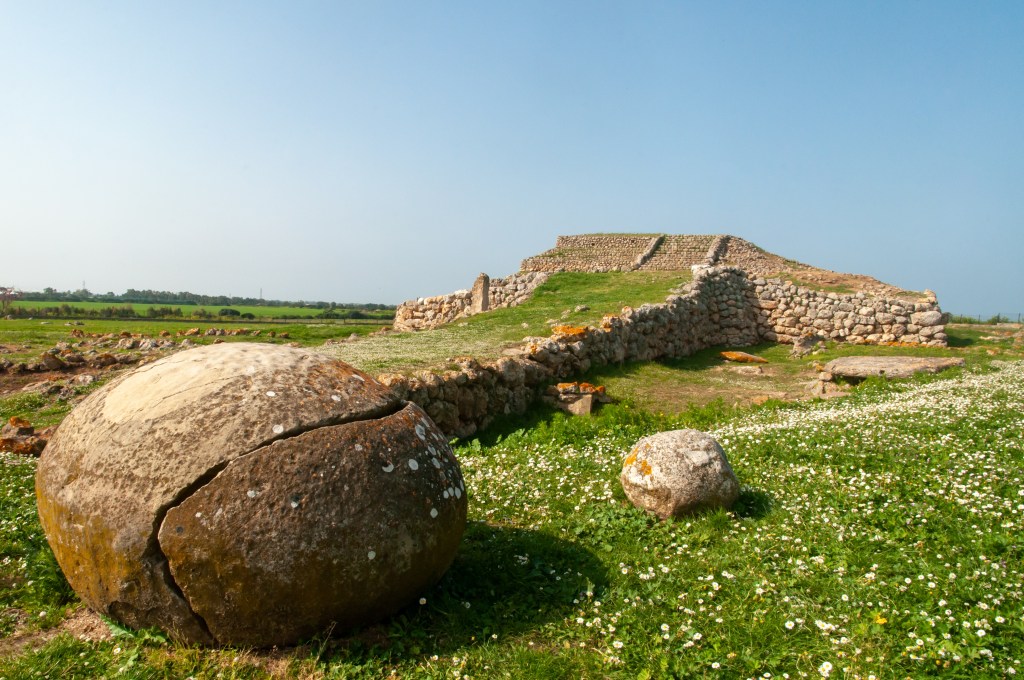
On the island of Sardinia, you’ll find a site that predates Italy’s famous Roman rulers by thousands of years. Monte d’Accoddi revolves around a massive stone platform that archaeologists believe was used as an altar.
The altar was built by the Ozieri culture, a hunter-gatherer Neolithic group that was slowly developing agriculture and animal husbandry across the island.
Saint-Michel Tumulus, France (4500 BCE)

This massive burial mound is the largest in continental Europe. Over the centuries, archaeologists have continued to discover new passages, stone chests, goods, and tools. You can visit the mound in Carnac, Brittany.
Tumulus of Bougon, France (4800 BCE)
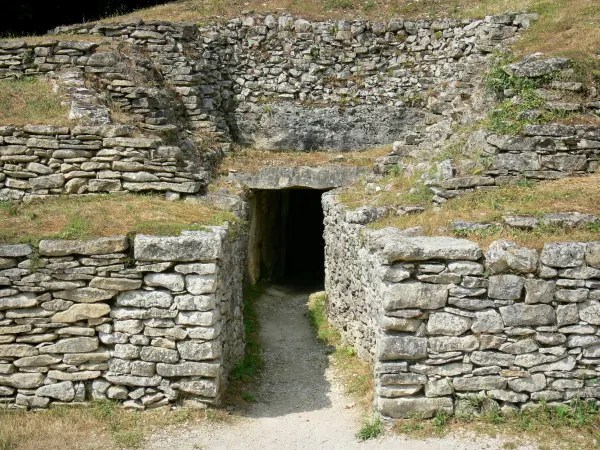
Just further south of Brittany and the Saint-Michel Tumulus is France’s second massive, ancient burial mound. The Tumulus of Bougon contains five unique structures, including a necropolis.
I’d suggest visiting this tumulus over the Saint-Michel option above, as there’s a large museum that contains many artifacts from the site. Additionally, you can learn about the Neolithic period and some of Europe’s other notable Neolithic structures—including some mentioned in this list.
Cairn of Barnenez, France (4800 BCE)
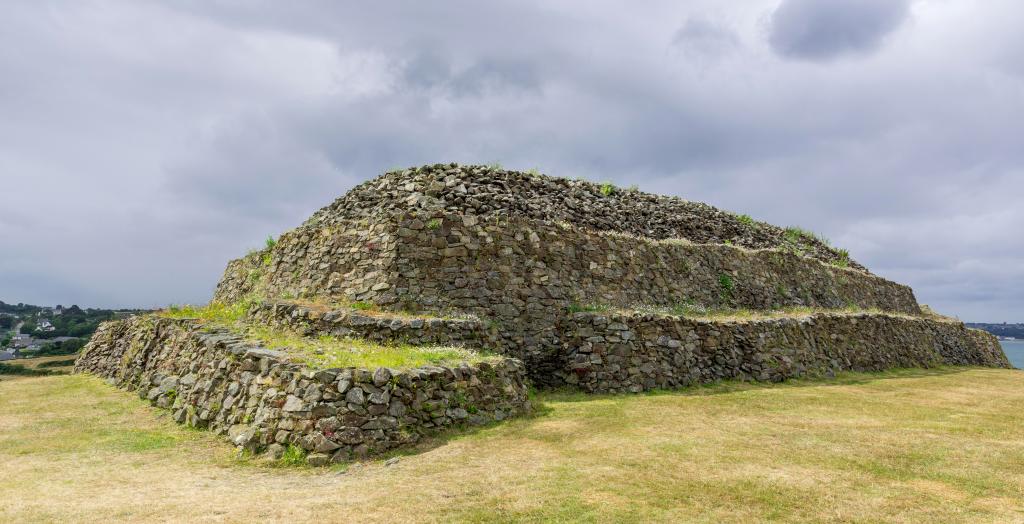
Sometimes written just as Barnenez, this is France’s oldest tumulus burial mound—which is located in Brittany not far from the tumulus of Saint-Michel.
You can explore multiple passages that lead into the massive tumulus. I think the main appeal is the presence of Neolithic art. Several chambers include engraved symbols—a common find at many megalithic structures around Europe.
Aquae Calidae, Bulgaria (6000-5000 BCE)
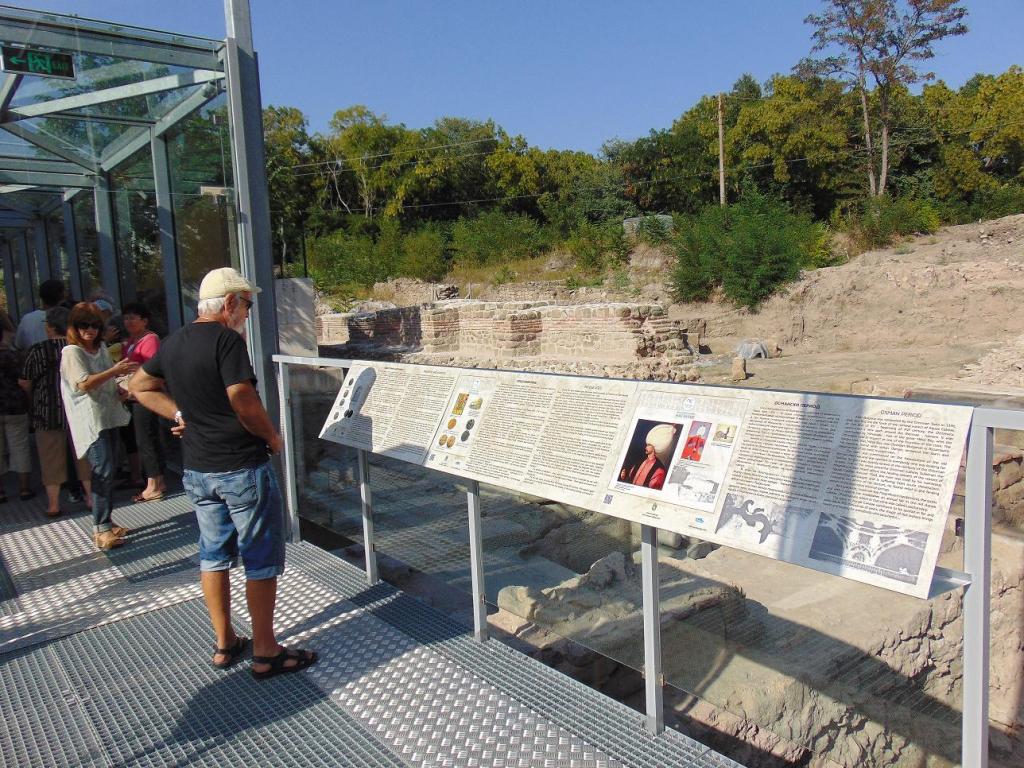
The Aquae Calidae of Burgas, Bulgaria is one of the oldest manmade remnants in the world. Known as Therma or Thermopolis, this ancient Thracian town remained popular throughout the Middle Ages.
Why? Thermal baths.
Aquae Calidae was a hugely important hot spring and spa stop during ancient times and into the medieval era. Kings from Macedonia, Roman emperors, and even Ottoman sultans sought out the healing hot springs of Aquae Calidae.
Thanks to a large-scale excavation in 2008, you can visit parts of the site that are housed in a museum on the grounds.
Catalhoyuk, Turkey (7500-5700 BCE)

Catalhoyuk is an ancient settlement that marked the peak of human civilization in the Anatolian peninsula from 7500-5600 BCE. Discovered in 1958, the site remains the focus for many archaeologists. Many believe that the settlement was solely residential, with modern restorations showcasing what life (and interior design) might have looked like for our Neolithic ancestors.
Gobekli Tepe, Turkey (9500-8000 BCE)
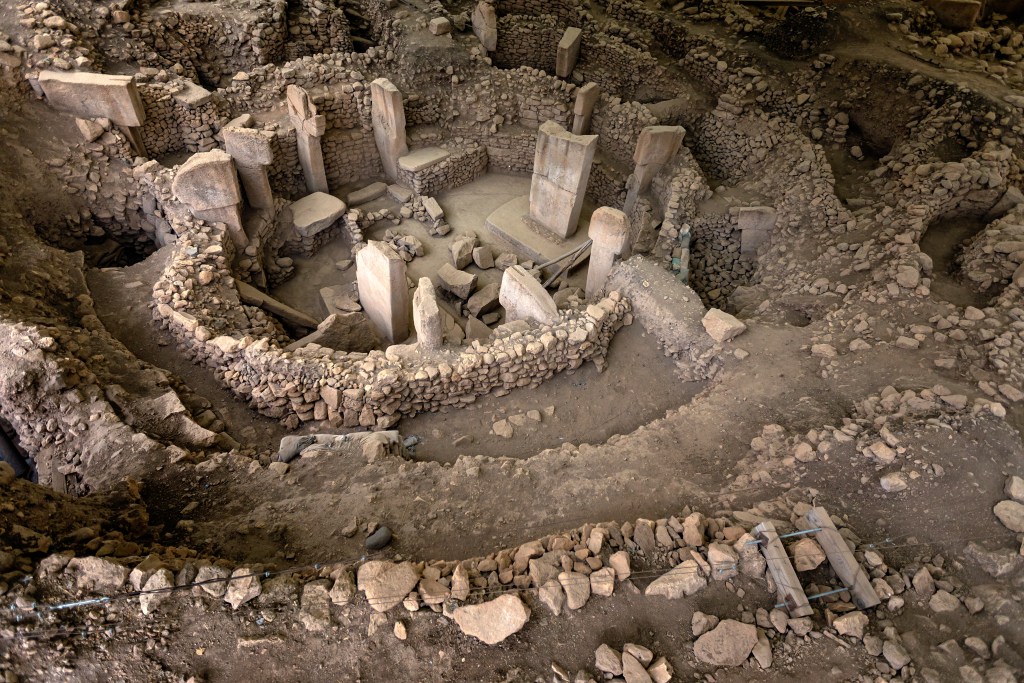
Anyone waiting for me to name-drop Mesopotamia can breathe a sigh of relief.
Gobekli Tepe is located in Upper Mesopotamia, an area that would have been rich during the pre-Neolithic period from 9500-8000 BCE when it was inhabited. Its circular structures include massive megaliths that are considered the oldest in the world.
The megaliths have played an important part in uncovering information about life in Gobekli Tepe. Carvings depict clothing, animals, anthropomorphic deities, and other details. You can also explore quarries and cisterns—but, as of 2021, geophysical surveys revealed that only 10% of the entire site has actually been excavated.
